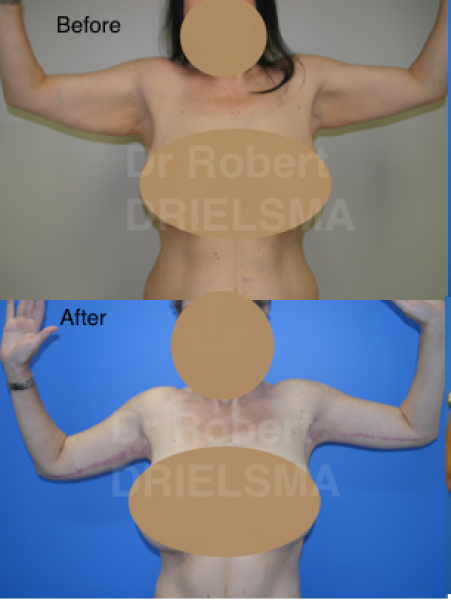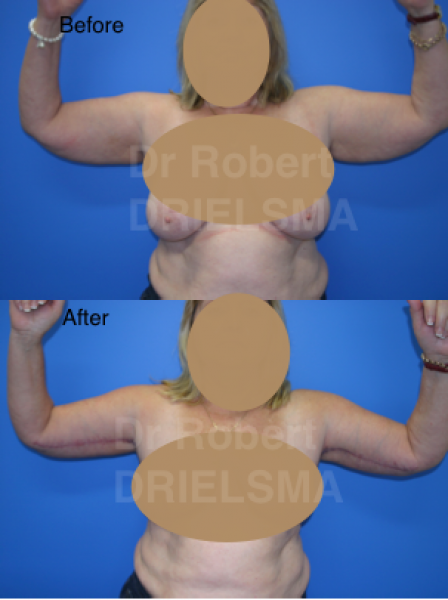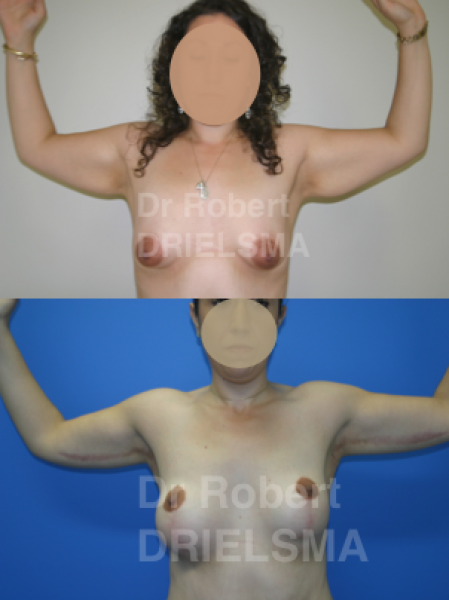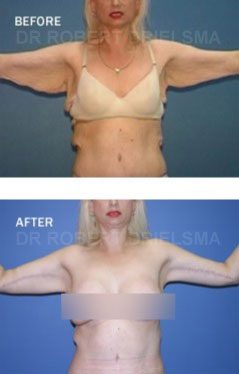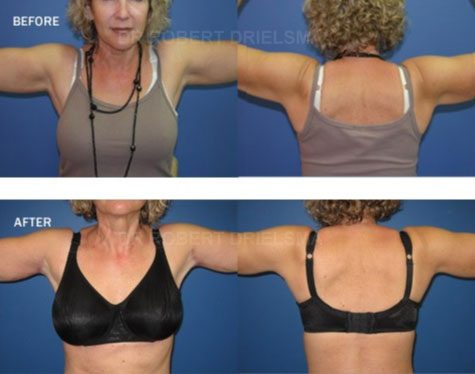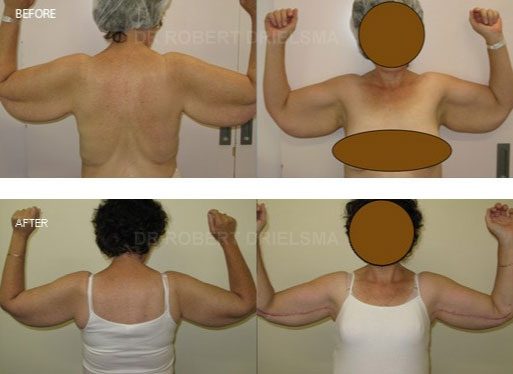Before and After Gallery
Arm Lift Surgery / Brachioplasty
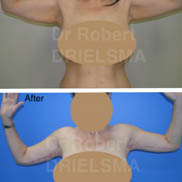
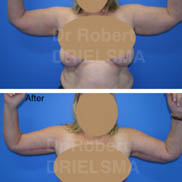

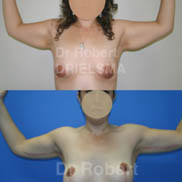
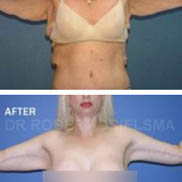
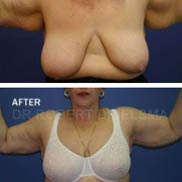

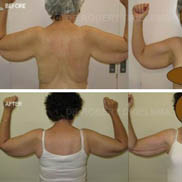
-

Procedure Information
-

Performing the Arm Surgery (Brachioplasty)
-

Are there any risks?
Meet our Specialist Plastic Surgeon Dr Robert Drielsma MBBS, BSc(Med), FRACS
(AHPRA MED00001073756)
Dr Drielsma is an Australian trained Specialist Plastic Surgeon with over 30 years of extensive experience in plastic surgery of the face, breasts and body. He is a fellow of the Royal Australasian College of Surgeons (FRACS), a member of the Australian Society of Plastic Surgeons (ASPS) and a member of the Australian Society of Aesthetic Plastic Surgeons (ASAPS)

-
Next Step
- Next Step : Book your Initial Consultation
- What to Bring to your Surgeon Consultation
**Individual results may vary. All surgery carries risks.
You should seek a second opinion from an equally qualified Specialist Plastic Surgeon before proceeding with surgery.


 Before & After
Before & After